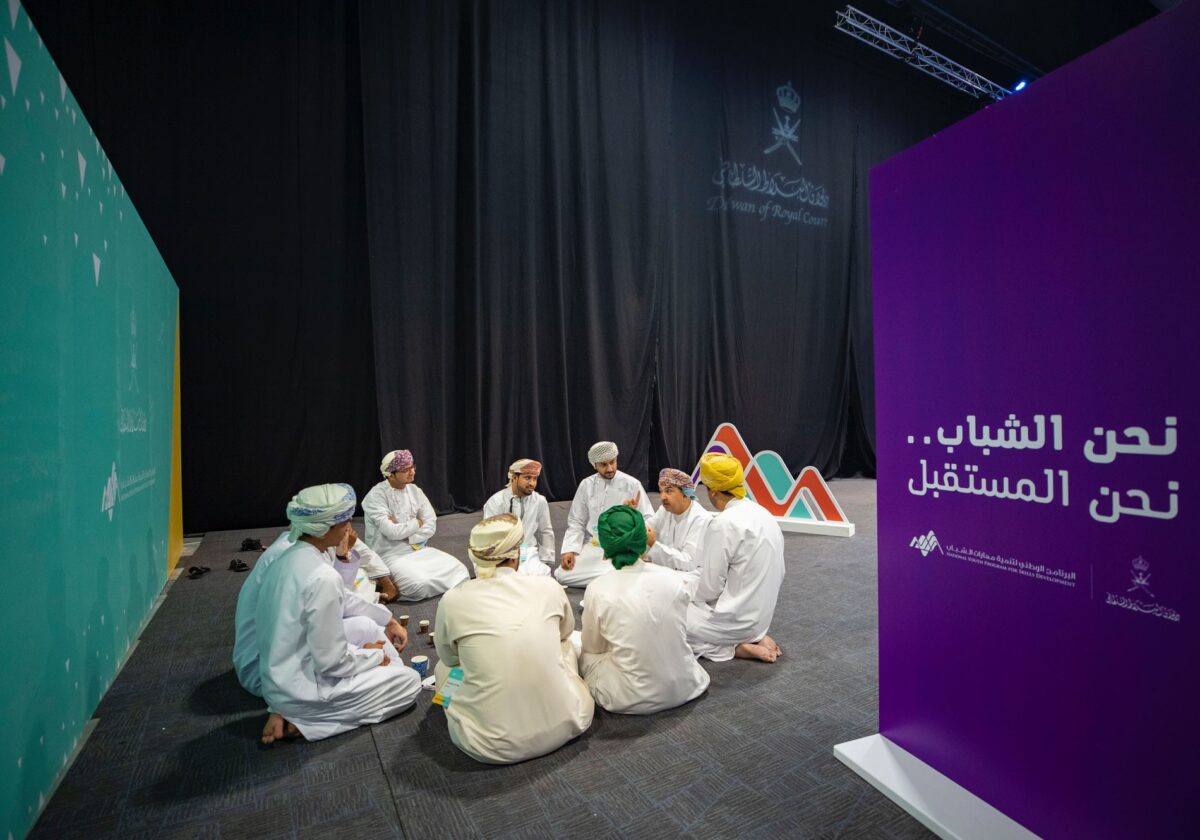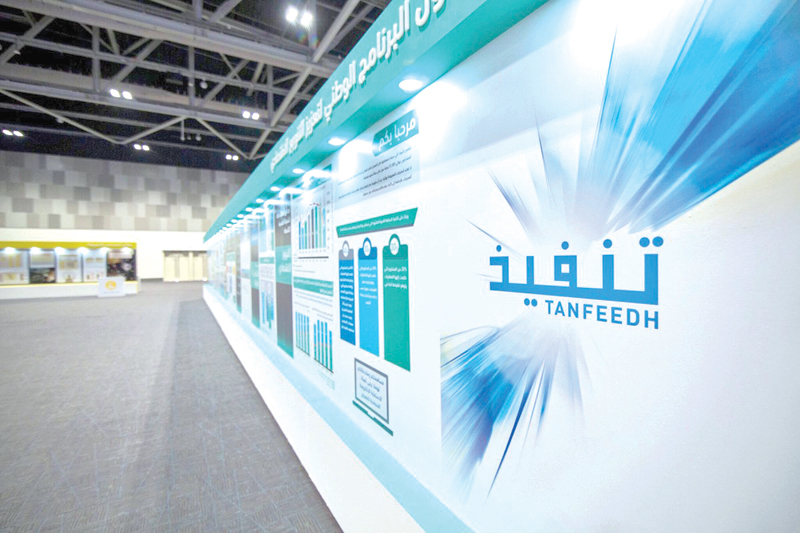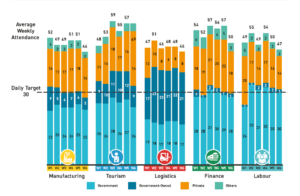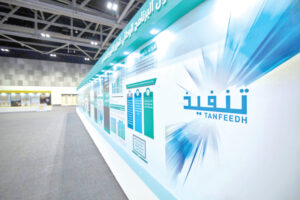National Youth Commission-Towards a Self-Sustained Future
The National Youth Commission was established in the year 2017 in accordance with the Royal Degree (117/2011), Establishing the National Youth Commission and Promulgating its System.
Under the blessings of the late His Majesty Sultan Qaboos Bin Said and the guidance of His Majesty Sultan Haitham Bin Tariq, the youth program was developed to empower the Omani youth and prepare them to benefit further from the opportunities created in the 4th Industrial Revolution.
Led by His Excellency Dr Ali Qassim Jawad Al-Lawati, Advisor for Studies and Research to the Diwan of Royal Court and Chairman of the National Youth Program for Skills Development (NYC), the program is designed to equip and build young Omanis with the required skills necessary to exploit opportunities presented to them along with an advisory committee consisting of young people aged between the ages of 15 and 29 years old, from various backgrounds of education and work experience.
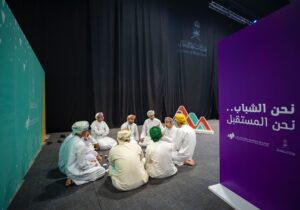 In order to provide a high standard of skill development training, the program has partnered with several top institutions, both locally and internationally in the field of education specializing in the latest innovations and practices, including Google, GUtech, National University of Singapore and Nanyang Technological University, to name a few.Last year, the NYC partnered with Microsoft, to provide hands on training on technologies like Artificial Intelligence and Internet of Things, ensuring the youth have all the necessary skills to take up the digital future in Oman.
In order to provide a high standard of skill development training, the program has partnered with several top institutions, both locally and internationally in the field of education specializing in the latest innovations and practices, including Google, GUtech, National University of Singapore and Nanyang Technological University, to name a few.Last year, the NYC partnered with Microsoft, to provide hands on training on technologies like Artificial Intelligence and Internet of Things, ensuring the youth have all the necessary skills to take up the digital future in Oman.
Various events have been held to motivate the participants including the Omani Youth Day, celebrated on 26 October each year and an Omani Youth Tech Ideathon, which brought together around 600 participants with the goal of proposing 100 achievable startup ideas to be implemented in Oman, helping society and thereby the national economy.
The Al Shabab Scheme allows participants between the ages of 18-29 years old to present their startup ideas as well as implement them into real time projects. Upon selection into the top 1000 participants, online training is provided for a period of 3 months. On completion of the training and on meeting the necessary requirements, the ideas are then presented in the ‘Omani Youth Tech Ideathon’, where the top 100 participants qualify for a 6 month within and outside the Sultanate to hone their entrepreneurial skills.The scheme then ends with the evaluation, implementation and the final preview of the project.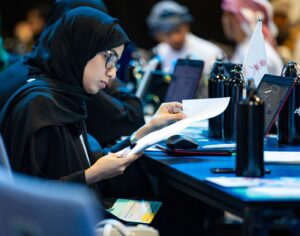
The Al Nashia Scheme allows students between 15 and 17 years old from schools across the Sultanate to apply and aims to introduce them to the basics of programming and gradually develop smart projects and applications using the skills being taught over three stages. Around 15,000 students are allowed to participate and taught the programming basics in stage one. 600 participants move on to the next stage where they apply everything learnt into individual projects. Finally, the 200 students are give the opportunity to be a part of the residential program on the GUtech campus for a period of two weeks, concluding with a two-day hackathon event.
With training from some of the top institutions, the Omani youth are being skilled in the latest technical skills in addition to the academic knowledge provided by the schools across the Sultanate.The country is prepared to be driven by a powerful generation ready to turn challenges into opportunities , thereby integrating the sustainable development goals towards a self- sustained future for the country.
For a downloadable copy:SDG8-Oman


